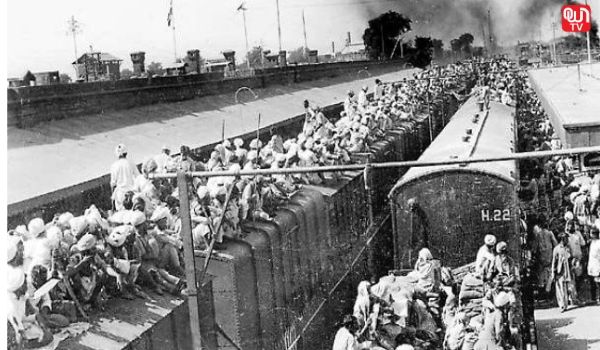Vang Bhang: The History of Partition of Bengal
History of Partition of Bengal: Important dates and events
Read more: How was the Indian National Congress formed?

In January 1904, Lord Curzon introduced the partition of Bengal.
Who was Lord Curzon?
The Partition: Important dates and events
The main idea behind the partition was Bengal is not specifically to governance easy. The partition of Bengal was done so as to put the Bengalis in minority in Bengal by including Hindu and Odiya people and hence he formed the East Bengal. Like any other time, this event also reflected the divide and rule policy of British India.
Ever before this event, there was no specific war on the basis of religion be it from the Muslim side of the Hindu side. The wars were in the hunger of power. This partition actually triggered the communalism in the Indian population. On 20th July 1905, Bengal was divided into three parts.
Bengal a after partition with Hindu majority – West Bengal, Bihar and Odisha
Bengal after partition with Muslim Majority – East Bengal and Assam
Key Reasons behind the Partition of Bengal
British gave two reasons for the partition of Bengal but none of them can be considered as a solid reason behind such a big revamp. But the actual reasons were quite different.
Reasons that were given by the Britsih government
1. It said that Bengal is a home area and governing such a huge land is difficult, hence it needs a partition.
2. In the name of good governance and to make the administration strong, it called for the partition of Bengal.

Decoded Reasons
1. Bengalis formed the educated class of India. The great leaders and writers like Rabindra Nath Tagore, J. C. bose, Anrindra Nath Tagore, W.C. Banarjee etc. The British government had this realization that the wave of activation will start to form these educated Bengalis. Hence, they decided to weaken the power of the Bengali population by making them a minority in Bengal.
2. The ultimate reason was to suppress the Indian National Movement
The Chief Commissioner of Assam in 1896-1902, Henry John Stedman Cotton, opposed the partition move. Hence, J. B. Fuller became the L.G. of this large province. But, Curzon thought as if he was dividing an American county for better administration.
This event is a remarkable manifestation of the political activity in India called Vang Bhang (Partition of Bengal)
Conclusion
This event had separated Bengals from Bengalis and hence, this was not accepted. The aftermath of partition of Bengal is the Boycott and Swadeshi Movement.
The flags of “United Bengal” and slogans of “Unity is a strength” were taken by Bengali Patriots who marched through the streets of Calcutta and they reached the Town Hall. A huge meeting was organised on 7th August 1905 in the town hall which further denounced partition as arbitrary. Further, the Boycott of British goods and the Swadeshi movement started. The national song, Vande Mataram was the song sung as a symbol of agitation.
It was impressive to see the unity of the community and hence Gurudev Rabindranath declared this day to be the day of Unity. People tired threads
For more information Click here
